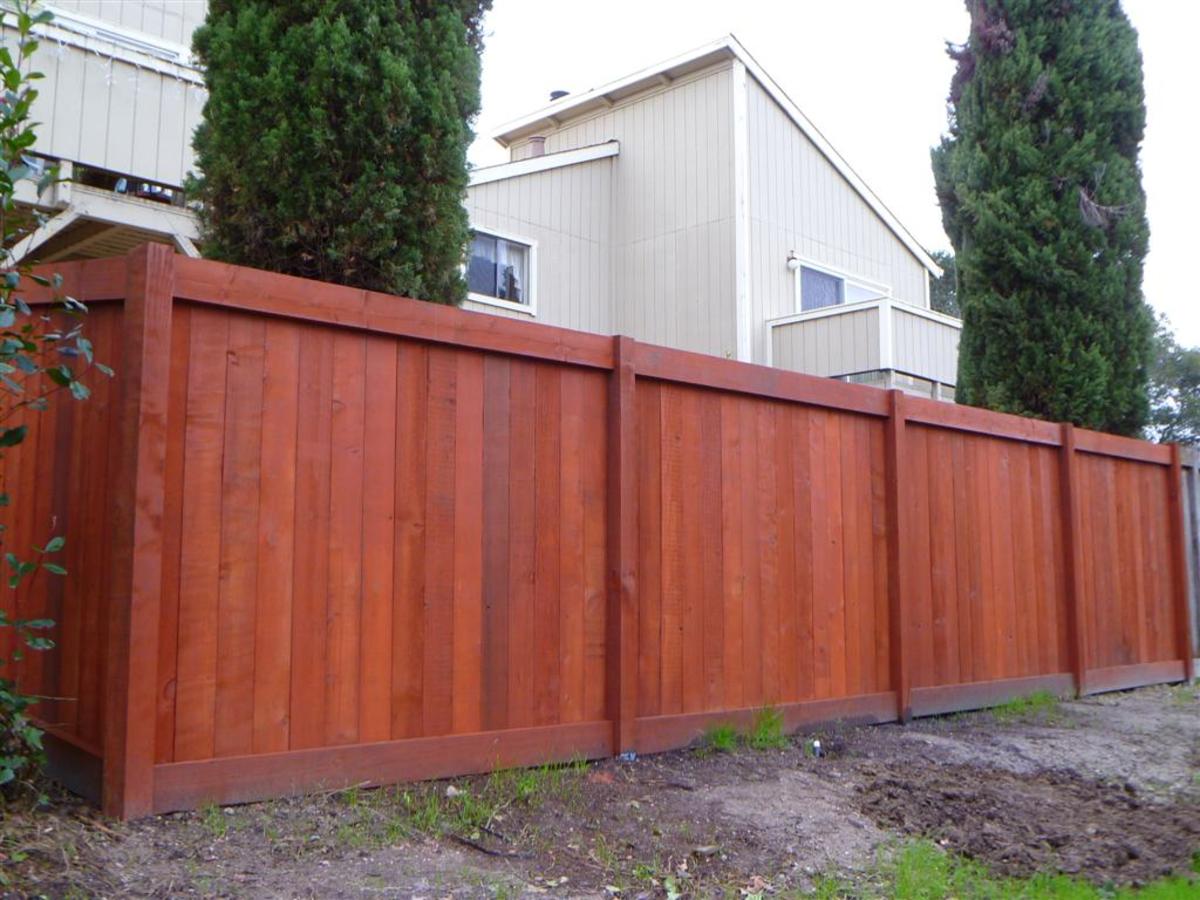Improve Your Residential property's Charm with Costs Fence Staining!
Exactly How to Select the Right Fencing Spot for Your Home
When it concerns boosting the appearance and toughness of your home's fencing, picking the right tarnish is a critical choice that needs cautious consideration. With a myriad of choices available in the market, each accommodating different timber types, shades, and openness levels, the process can rapidly become frustrating. Making an enlightened choice can substantially impact the overall looks and longevity of your fence. So, how can you guarantee that you pick the perfect fencing stain that lines up with your home's style and upkeep demands? Allow's explore some vital factors to direct you in this decision-making procedure.
Understanding Timber Kind
To select the appropriate fencing discolor, it is crucial to have a comprehensive understanding of the different kinds of wood generally made use of for secure fencing. When picking a fence tarnish, it is essential to consider the kind of timber being utilized to make sure compatibility and optimal defense. Recognizing the features of various timber types will aid you make an educated choice when it comes to selecting the best fence stain for your home.
Selecting the Right Color
Selecting a proper hue for your fencing tarnish is an essential choice that considerably influences the general visual appeal of your residential or commercial property. Lighter shades such as whites or light grays can make a fencing show up larger and add a touch of sophistication to your residential or commercial property. Eventually, the best color selection will certainly enhance the appeal of your fencing and boost the general visual allure of your home.

Taking Into Consideration Openness Degrees
When choosing the right color for your fencing stain, one more vital facet to consider is the level of transparency that will best match your residential or commercial property's aesthetic and upkeep demands. Openness levels in fence discolorations usually drop right into three groups: clear, semi-transparent, and solid. Transparent discolorations permit the natural charm of the timber to show through while giving very little protection versus the elements. They are suitable for new or well-maintained fencings where showcasing the timber grain is a top priority. Semi-transparent discolorations provide a balance in between shade improvement and protection, permitting some timber grain to be visible while offering moderate securing from UV rays and wetness. Solid discolorations, on the various other hand, offer the most protection as they totally cover the timber with a nontransparent surface. These are suitable for older fences or those seeking substantial defense or shade change. Take into consideration the level of direct exposure your fencing deals with, the desired upkeep regularity, and the aesthetic you desire to attain when selecting the ideal openness level for your fencing tarnish.
Reviewing Upkeep Demands
Thinking about the long life and upkeep of your fencing, reviewing the maintenance requirements is critical in identifying the most suitable fence stain for your building. The degree of upkeep required for your fencing can vary depending on variables such as the kind of wood, climate condition in your location, and your personal choices.
When reviewing upkeep needs, it is vital to think about the longevity of the fence stain. Some stains call for even more constant reapplication than others, so selecting a tarnish with a longer lifespan can help reduce the total upkeep needs of your fencing (Fence Staining). Additionally, variables such as resistance to UV rays, water, and mold can affect how typically you need to re-stain your fencing

Testing Samples Before Application
Before using any type of fencing tarnish, it is recommended to conduct sample tests to guarantee compatibility with the wood and preferred visual outcome. Examining examples permits you to evaluate how the discolor will certainly communicate with the specific type of timber utilized in your fence, as various woods can take in stains differently. To begin, choose a small low-profile location of the fencing to use the discolor examples.
Conclusion
Finally, picking the proper click here to find out more fence discolor for your building entails comprehending the wood kind, picking the best shade, considering transparency degrees, assessing upkeep needs, and testing examples prior to application (Fence Staining Service). By taking these factors right into consideration, you can make certain that your fencing discolor matches your residential or commercial property while supplying the essential protection and longevity. Make an informed choice to enhance the appearance and durability of your fence